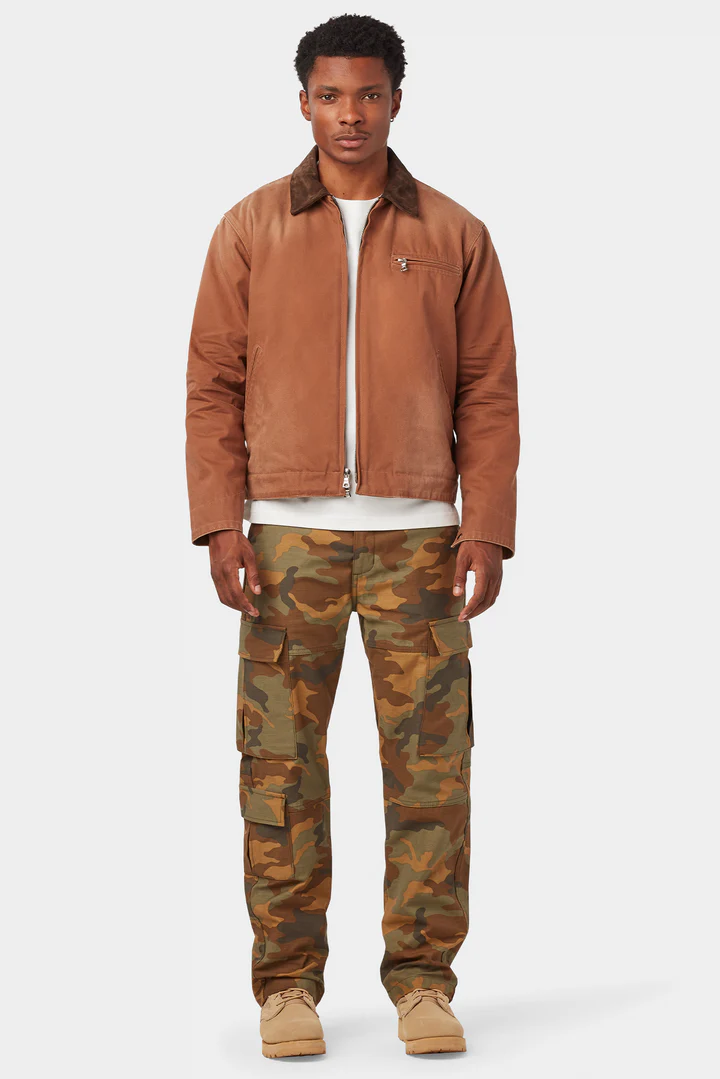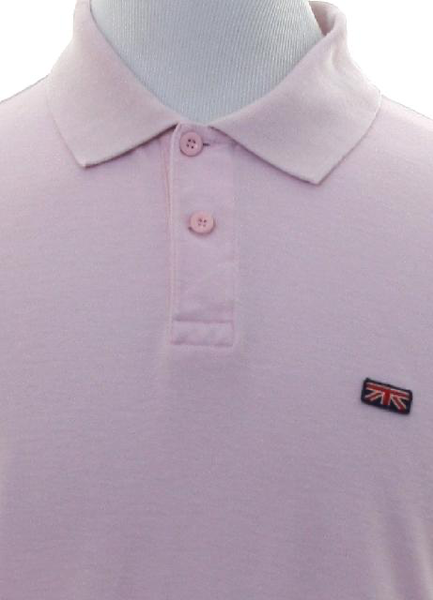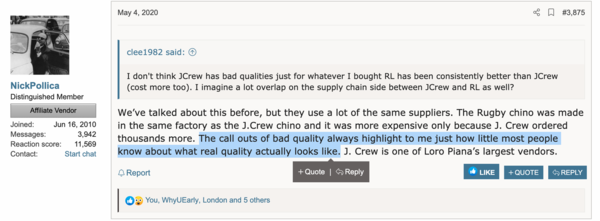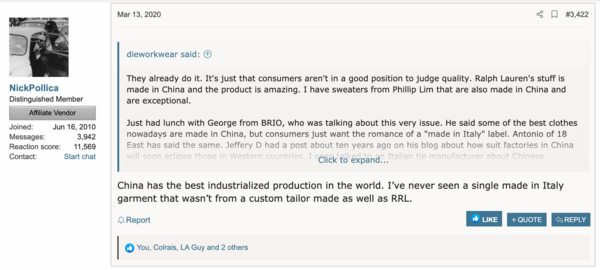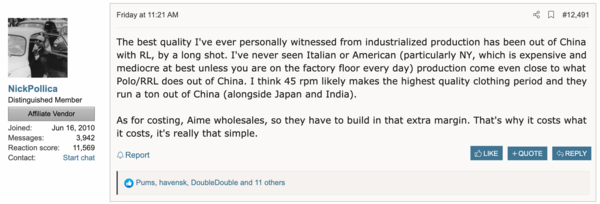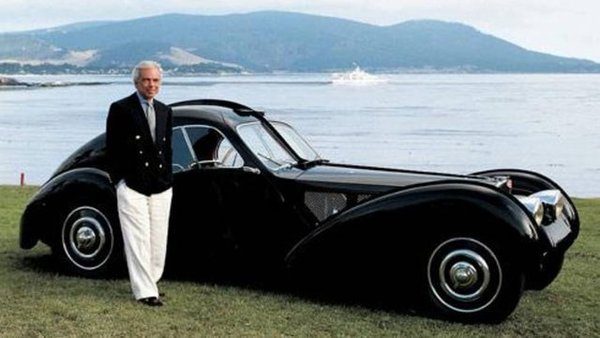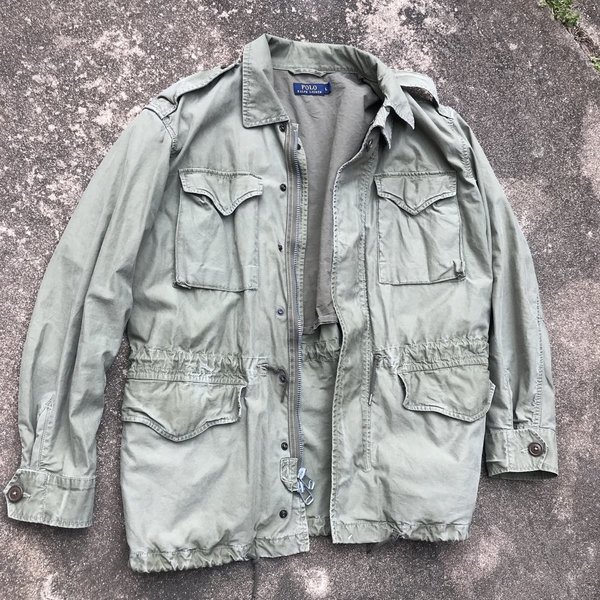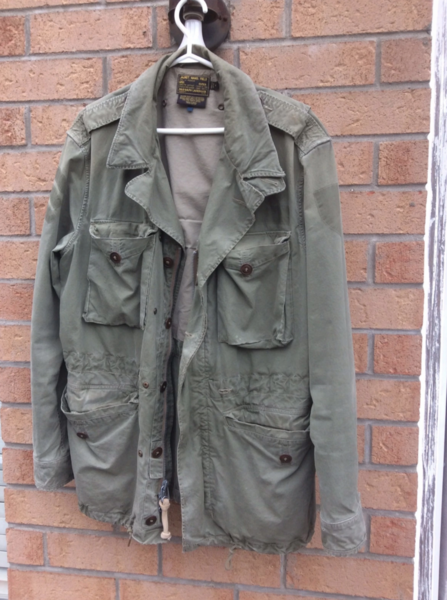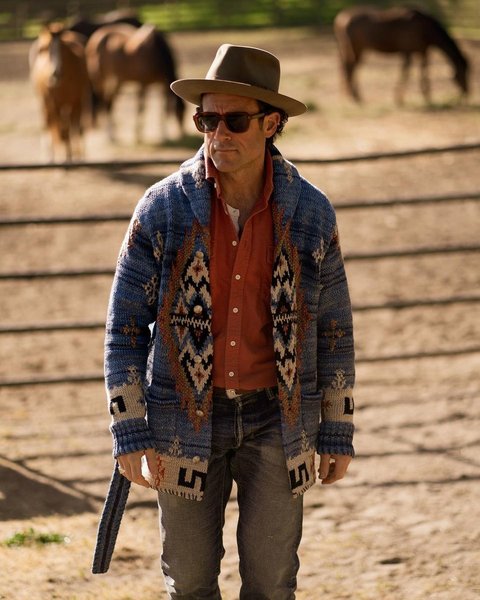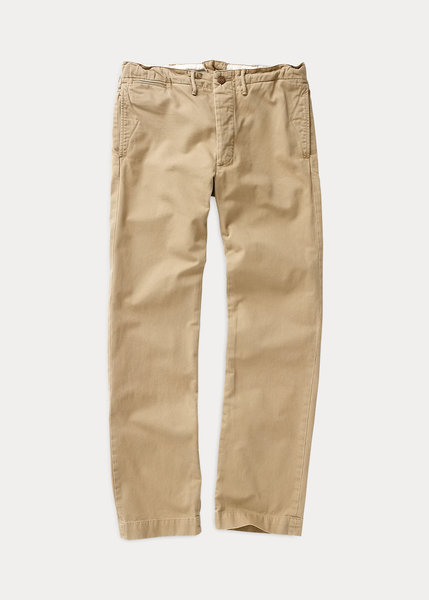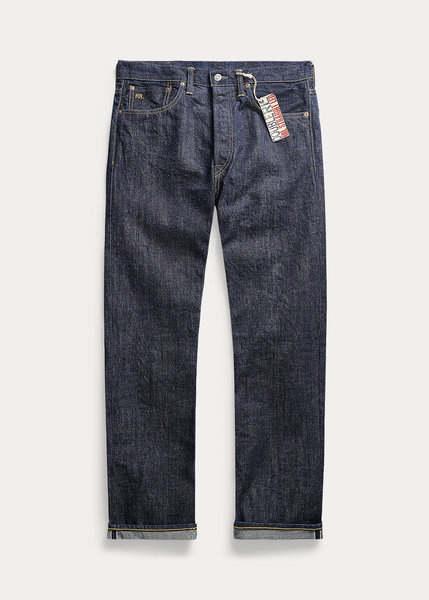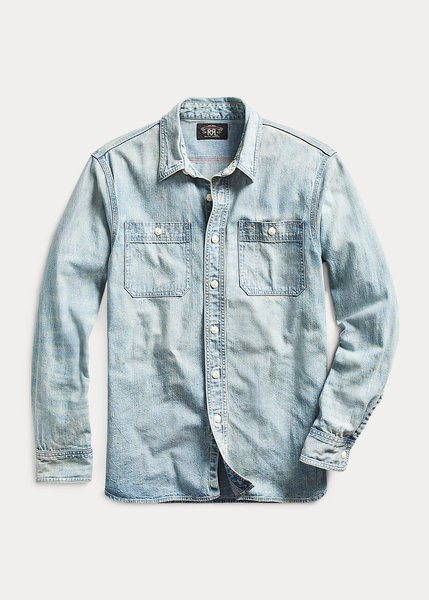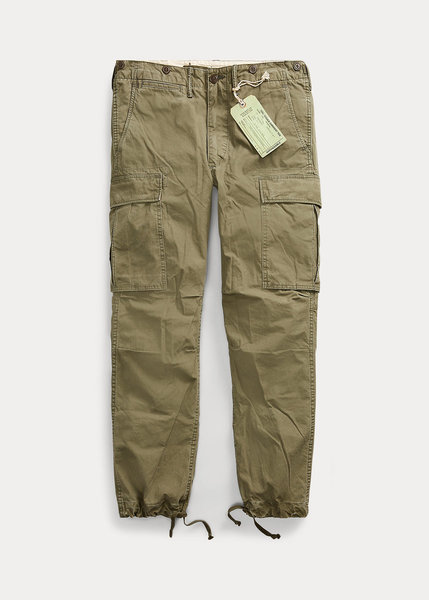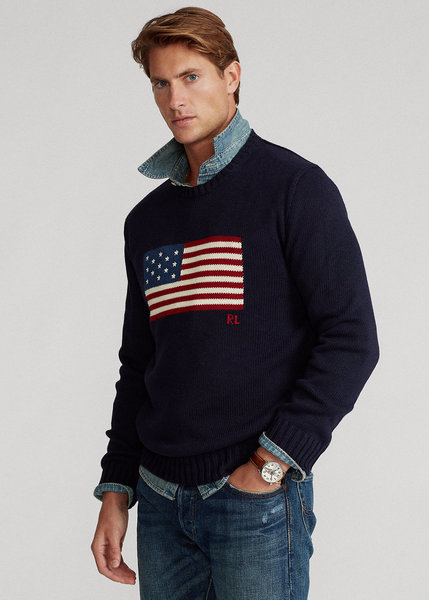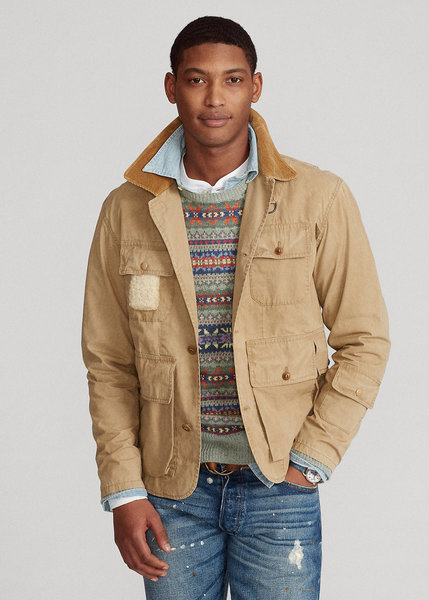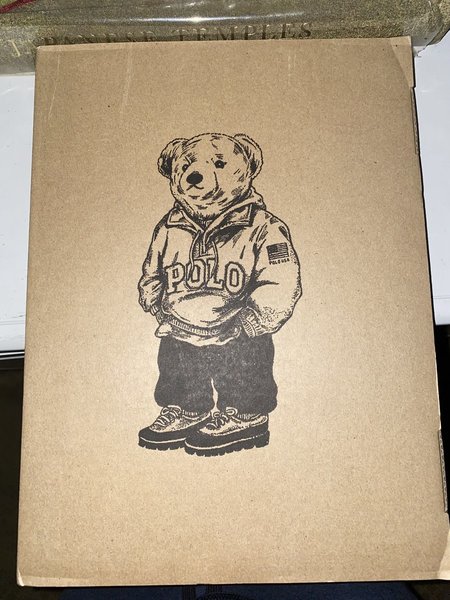Marcus1999
Member
- Joined
- May 6, 2021
- Messages
- 16
- Reaction score
- 1
Hey,
University student here currently writing an essay about the concept of "Preppy", as seen somewhat through the lens of Ralph Lauren. Now, RL obviously have several sub-brands and diffusion lines etc., I'm curious to hear some inputs however and the views of you lot on here - what are your thoughts on all things RL? Perhaps in regards to aspirational qualities or similar? The exact topic of the essay isn't fixed as of yet, so would be very interesting to hear any general reflections really.
Much appriciated.
Marcus
University student here currently writing an essay about the concept of "Preppy", as seen somewhat through the lens of Ralph Lauren. Now, RL obviously have several sub-brands and diffusion lines etc., I'm curious to hear some inputs however and the views of you lot on here - what are your thoughts on all things RL? Perhaps in regards to aspirational qualities or similar? The exact topic of the essay isn't fixed as of yet, so would be very interesting to hear any general reflections really.
Much appriciated.
Marcus
Last edited:
